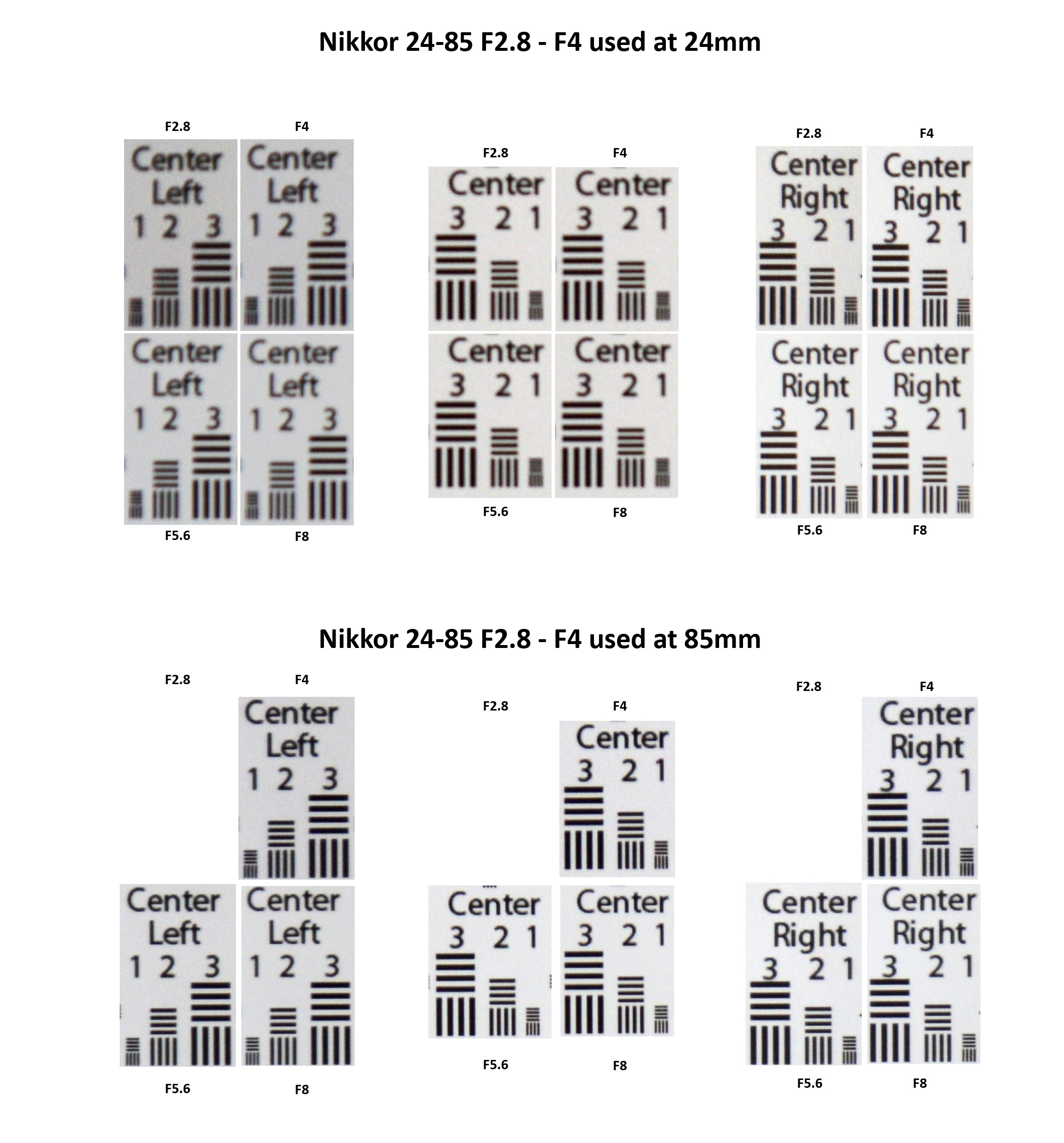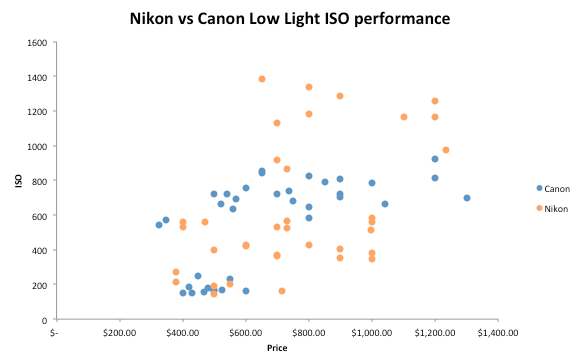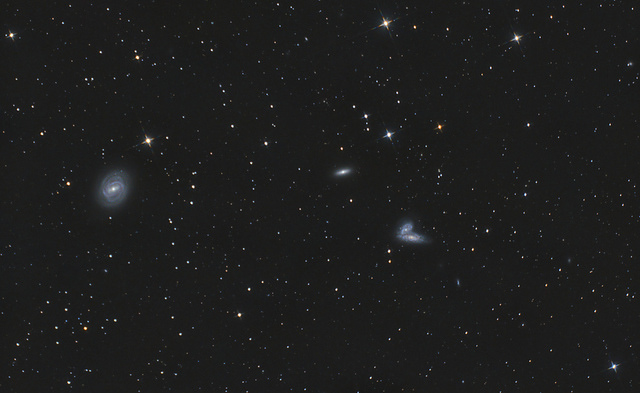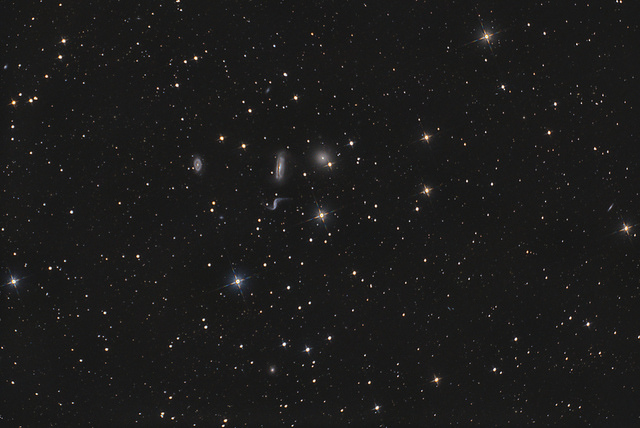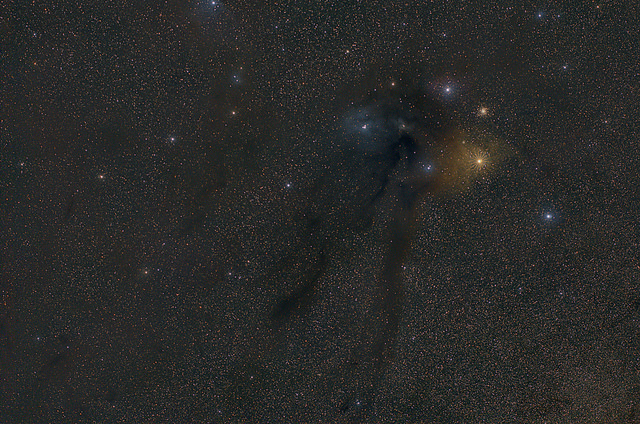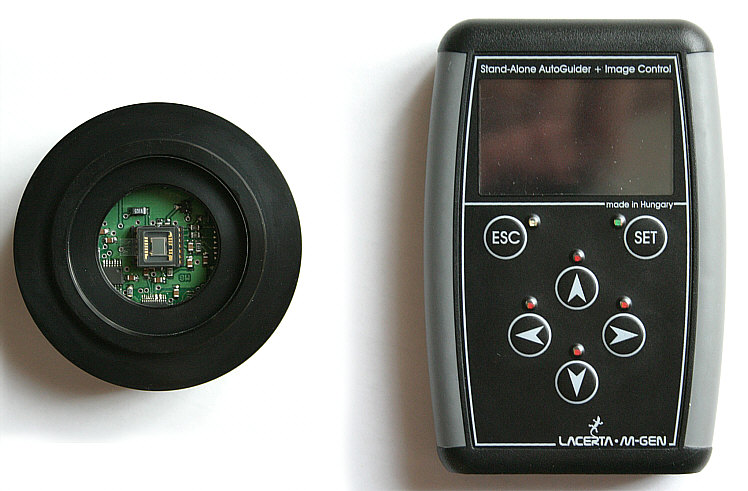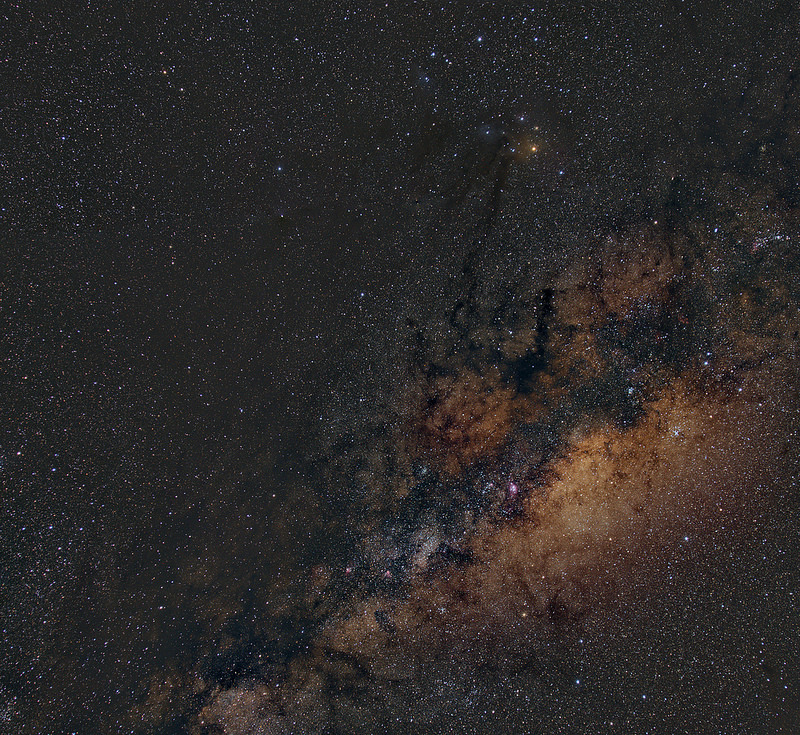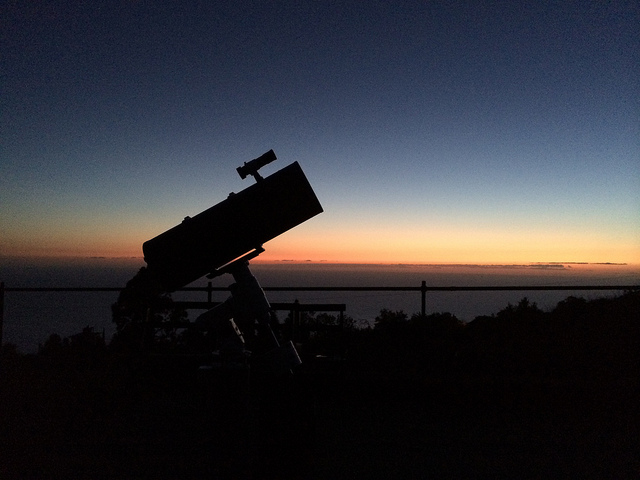This lens first appealed to me most because of it’s speed and allround abilities; having F2.8 available at 24mm and being able to go to 85mm with F4 makes this a very usefull lens within this range. I’ve always been satisfied with this lens for day-time photography, but cleary preferred my 80-200mm F2.8 when shooting at the 80mm range. The 24-85mm AF-D is just not that sharp. In order to see whether this lens is…
Read MoreAuthor: chrisvdberge
Nikon vs Canon for astrophotography
Siamese Twins with M58
Subject information The Siamese Twins (NGC 4567 and NGC 4568) are a set of spiral galaxies 60 million light years away in the constellation Virgo. These galaxies are in the process of colliding and merging with each other. Also in the field of view is the beautiful galaxy M58. This galaxy is at 68 million light years from earth. Image acquisition details Date: 26/04/14 & 27/04/14 Location: La Palma Optics: TS 10″ Newton Mount: NEQ6…
Read MoreHickson 44 galaxy group with NGC3190
Hickson 44 with NGC3190 Subject information NGC3190 is spiral galaxy we see in the middle of this image somewhat edge on. NGC3190 is a member of the Hickson 44 group located around 80 milion lightyears away in the constellation Leo. You can see by the tidal streams of the galaxies in this group that they are interacting gravitationaly with each other. If you look careful enough you will see the image filled with lots of…
Read MoreAntares wide field 80mm
Wide field image of Antares and Rho Ophuichi region, taken with the Nikon D7000 and Nikkor 80-200mm f/2.8
Read MoreUsing the Lacerta MGEN with a Nikon DSLR
I’m a very happy user of the Lacerta MGEN autoguider and have been using it successfully for a year now. It is a great device that always works and gets me guiding very quickly. The MGEN can even be connected to your DSLR and has exposure control and dithering. Especially dithering is of course a great feature, as this will help a great deal to get smoother/cleaner images. However, until recently I was under the…
Read MoreWhat is possible in 3 seconds?
Exposing for 3 seconds is very short if we’re talking astrophotography. We are used to exposures of at least a couple of minutes, so what could we possible image with 3 seconds exposures? Well, actually quite a lot! Why use 3 second exposures? Shooting at 200mm with my Nikkor 80-200mm F2.8 lens, the longest exposure you can use when using a static tripod is 3 seconds before the stars will turn to elongated and start…
Read MoreCentral part of Milky Way from La Palma
Introduction During my holiday in La Palma this was one of my primary targets on my list to photograph. Unfortunately this part of the sky would only rise high enough for me to photograph at around 4:00AM. I spent 3 nights on this target to get enough data for the four panels of this mosaic. Object information This is the central ‘bulge’ of our own Milky Way. We are located at around 26,000 lightyears away…
Read MoreLights out on La Palma
The island of La Palma is a very good location for visual astronomy and astrophotography. The very famous Roque de los Muchachos Observatory is located here and the seeing statistics show that this is the 2nd best location in the northern hemisphere, after Mauna Kea Observatory in Hawaii. La Palma has also the so called Sky Law which covers aviation routes, atmospheric pollution, electromagnetic radiation and crucially, exterior lighting. A lot of this is achieved…
Read More